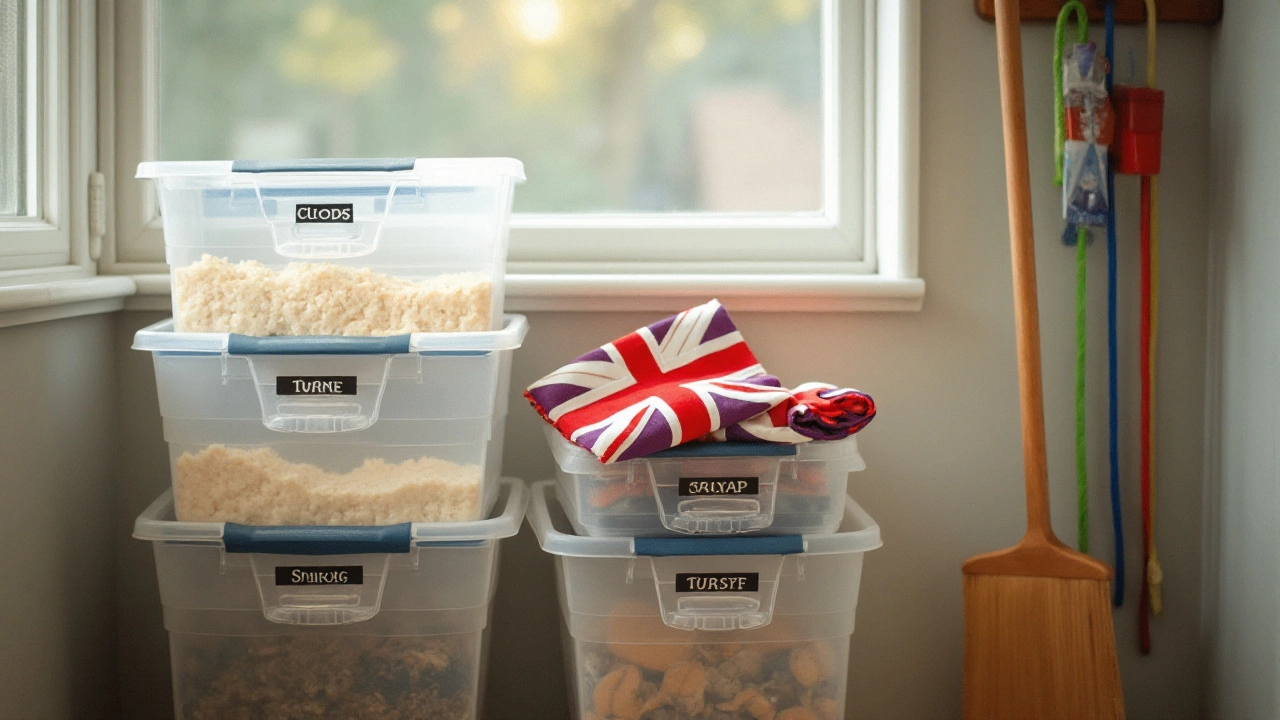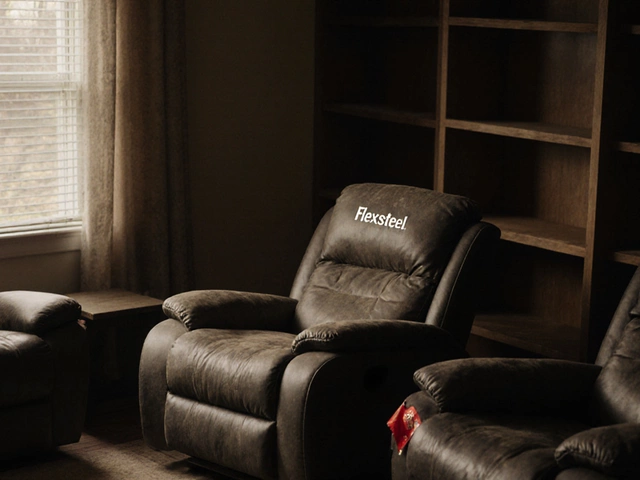Pest Control for Classrooms, Offices and Lecture Halls
Got bugs or rodents in a learning or work space? It happens more often than you think, and it can damage furniture, spread disease, and make people uncomfortable. The good news is that a few easy habits can stop most pests before they become a big problem. Below are the steps you can take right now to keep your rooms clean, safe and pest‑free.
Spot the Signs Early
Look for droppings, gnaw marks, or small dead insects in corners, under desks and near food areas. Smell can help too – a musty or oily scent often means rodents are active. If you notice any of these signs, act fast. The longer you wait, the harder it gets to control the infestation.
Make the Space Unwelcome for Pests
First, eliminate food sources. Store snacks in sealed containers, clean up crumbs right after breaks, and empty trash bins at least once a day. Second, fix any leaks or damp spots; water attracts insects and rodents. Third, seal cracks around windows, doors and baseboards with caulk or weather‑stripping. Even a tiny gap can let a mouse inside.
When it comes to furniture, choose pieces with smooth, easy‑to‑clean surfaces. Avoid fabric that traps crumbs unless you can vacuum it regularly. If you have wood desks, wipe them down with a mild cleaner to remove sticky residue that bugs love.
Use Safe, Effective Treatments
For schools and offices you want solutions that don’t harm students or staff. Look for EPA‑approved baits and traps that are low in toxicity. Place traps in hidden spots like behind cabinets or under shelving. If you need a spray, choose a product labeled for indoor use and follow the instructions exactly.
Professional pest control services can be a smart move for larger buildings. They can set up a regular monitoring plan, spot hidden infestations and apply treatments that meet health‑safety standards.
Keep Up With Regular Checks
Make pest inspection part of your weekly cleaning routine. Assign one person to check for droppings, signs of gnawing, and any new cracks. A quick 5‑minute walk‑through each week can catch problems before they spread.
Also, keep a record of what you find and what actions you take. This log helps you see patterns – maybe a certain wing gets more issues in summer – and lets you adjust your plan accordingly.
By staying alert, sealing entry points, and using low‑risk treatments, you can keep classrooms, offices and lecture halls free of pests. Your furniture will stay in better shape, and everyone will feel more comfortable learning and working in a clean environment.





